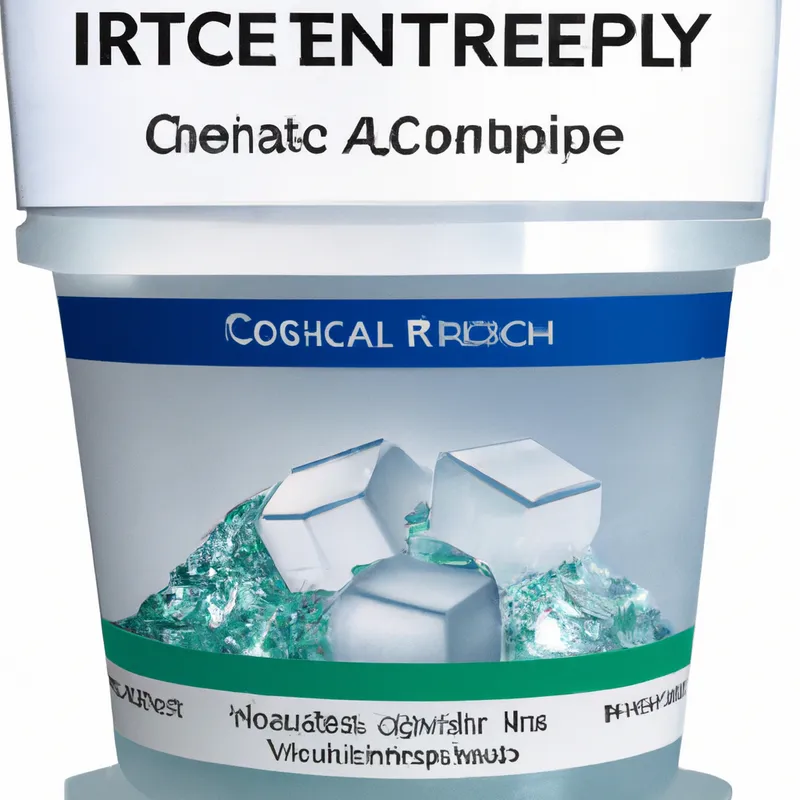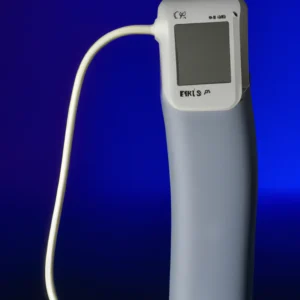Harness Ice Therapy for Optimal Sports Recovery
The Role of Ice Therapy in Sports Medicine: Benefits and Risks
Ice therapy, or cryotherapy, plays a vital role in sports medicine. Athletes and fitness enthusiasts frequently use cold to treat injuries and manage pain. Understanding its benefits, risks, and best practices enhances its effectiveness. This blog explores how ice therapy works, its advantages, potential drawbacks, and best practices.
How Ice Therapy Works
Ice therapy follows a simple physiological principle. Cold exposure reduces blood flow to the injured area. When an injury occurs, the body responds with swelling, redness, and pain. Ice application constricts blood vessels, decreasing blood flow and inflammatory substances at the injury site. This response minimizes swelling and numbs pain, promoting a more comfortable recovery.
Types of Ice Therapy
Several methods apply ice therapy for different injuries and preferences, including:
1. **Ice Packs**: Ice packs provide an accessible form of therapy. You can apply them easily to localized injuries. You can make homemade ice packs using ice and water in a bag, or buy them commercially.
2. **Cold Baths**: Athletes often immerse themselves in cold water after intense workouts. Cold baths help reduce systemic inflammation and aid recovery after endurance events.
3. **Cryo Chambers**: These facilities expose the body to extremely low temperatures for 2-3 minutes. Many athletes believe cryotherapy accelerates recovery and reduces muscle soreness.
4. **Ice Massage**: This technique involves rubbing ice directly onto the skin. It provides localized cooling and effectively treats small areas of inflammation or pain.
Benefits of Ice Therapy
Ice therapy offers numerous benefits for athletes and active individuals. Understanding these advantages helps you use ice effectively and responsibly.
Reduces Inflammation
Ice therapy primarily reduces inflammation. When injuries occur, the body swells as part of the healing process. Ice constricts blood vessels, minimizing swelling and controlling inflammation. This reduction leads to faster recovery times, allowing athletes to return to their activities sooner.
Alleviates Pain
Ice therapy also relieves pain. Cold exposure numbs nerve endings in the affected area, decreasing pain perception. Many athletes use ice packs after workouts or injuries to relieve soreness. This practice helps them maintain consistent training schedules and perform at their best.
Enhances Recovery
Using ice therapy accelerates recovery and prepares athletes for future activities.
Conclusion
In summary, ice therapy effectively reduces inflammation, alleviates pain, and enhances recovery for athletes. Understanding its benefits and techniques promotes responsible use.
Below are related products based on this post:
FAQ
What is ice therapy and how does it work?
Ice therapy, or cryotherapy, involves applying cold to an injured area to reduce blood flow, swelling, and pain. The cold exposure constricts blood vessels, minimizing the inflammatory response and promoting a more comfortable recovery.
What are the main benefits of using ice therapy for athletes?
The main benefits of ice therapy for athletes include reduced inflammation, alleviated pain, and enhanced recovery. By minimizing swelling and numbing pain, ice therapy allows athletes to maintain their training schedules and recover more quickly from injuries.
Are there any risks associated with ice therapy?
While ice therapy is generally safe, improper use can lead to risks such as frostbite or skin damage. It is essential to follow best practices, such as limiting application time and using protective barriers between ice and skin, to minimize these risks.















Post Comment